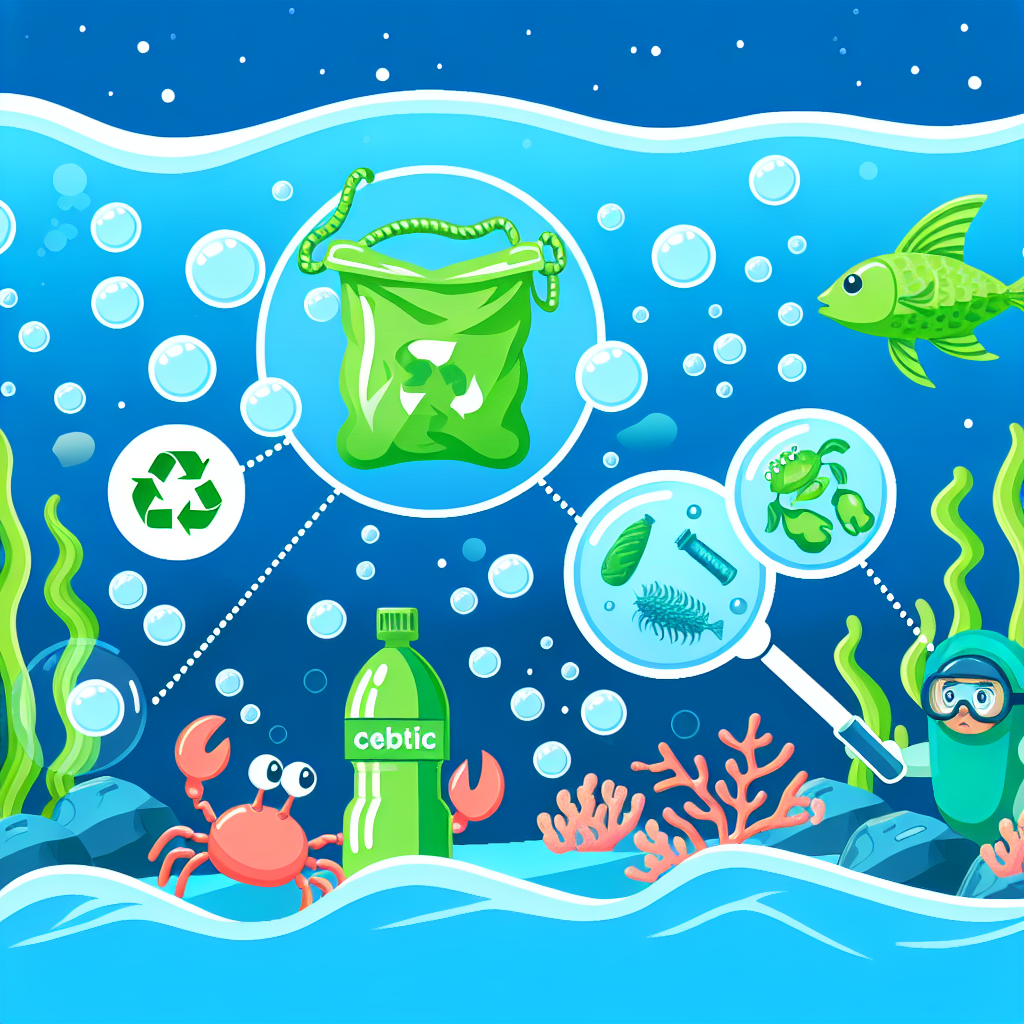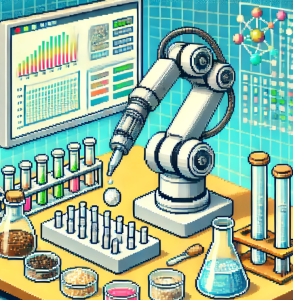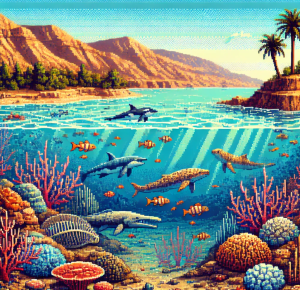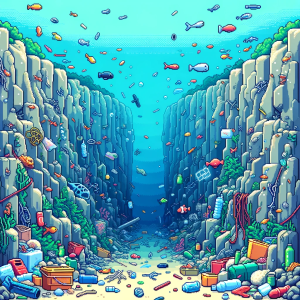
Revolutionizing Biodegradation in Ocean Depths with Eco-Friendly Plastics
Today’s environmental challenges require innovative solutions to mitigate the detrimental effects of human activity on the planet. One pressing issue is plastic pollution, particularly in marine environments where conventional plastics persist for extended periods, causing significant harm to ecosystems. Recent developments in eco-friendly plastics, such as LAHB, are proving monumental in addressing this global concern.
Breaking Down Plastic Pollution: The Advent of LAHB
The introduction of LAHB, a newly engineered biodegradable plastic, represents a significant breakthrough in the fight against marine pollution. Unlike traditional plastics, which can remain in ocean ecosystems for decades, LAHB is designed to degrade efficiently even under the extreme conditions of the deep sea.
According to Science Daily, LAHB can break down, losing more than 80% of its mass after only 13 months underwater at a depth of nearly one kilometer. This is achieved through microbial activity, where deep-sea microbes metabolize the plastic using specialized enzymes, turning it into harmless byproducts such as carbon dioxide and water.
How LAHB Works
This groundbreaking plastic is synthesized through microbial processes that involve engineered Escherichia coli, allowing for its unique properties. The microbes’ action on LAHB is facilitated by biofilms that adhere to the material, promoting decomposition even in the cold and pressure-intensive environments of the ocean floor.
The EurekAlert! article further elaborates how such bioplastics provide a viable alternative to traditional materials like polylactic acid (PLA), which fails to degrade under the same oceanic conditions.
The Advantages of Biodegradable Plastics
Utilizing biodegradable plastics like LAHB presents numerous ecological and economic benefits. Firstly, the reduction of persistent marine debris can help restore and preserve marine biodiversity, ensuring healthier ecosystems. Additionally, diminishing the presence of microplastics in seafood supplies and other water resources can reduce potential human health risks.
Environmental and Economic Impacts
- Ecosystem Restoration: By naturally minimizing plastic waste, biodegradable plastics help restore habitats crucial for marine life.
- Public Health: Ensuring less plastic pollution in oceans can translate to safer, toxin-free water resources and seafood.
- Economic Viability: The use of biodegradable plastics can lower cleanup costs associated with marine debris and increase public trust in responsible environmental practices.
Looking Forward: The Future of Eco-Friendly Plastics
As researchers continue to enhance the efficiency and applicability of biodegradable plastics, the potential for scalable solutions grows. According to Technology Networks, the introduction of materials like LAHB is only the beginning. Future research is likely to explore improved synthesis processes, stabilization, and cost-effectiveness, making such technologies more accessible globally.
Challenges and Considerations
While the promise of biodegradable plastics is significant, challenges remain. Developing a robust infrastructure to support the production and disposal of these materials is crucial. Furthermore, public education campaigns are necessary to ensure that consumers understand their role in reducing plastic waste via responsible disposal practices.
The advent of LAHB is a testament to human ingenuity and the power of science to provide sustainable solutions to environmental challenges. As industries, governments, and consumers align to adopt these innovations, the potential for a cleaner, more sustainable planet becomes increasingly attainable.
By considering the ecological impacts and embracing these pioneering materials, the world can move towards a future where the oceans are free from plastic pollution, ensuring a healthy environment for generations to come.



